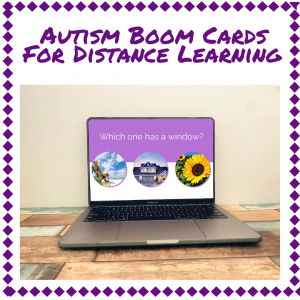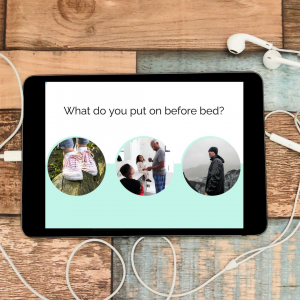
Working on comprehension skills with students with autism can be difficult. Starting with a robust language assessment is always the first step. We need to identify if it is functional for our students to work on answering “WH” questions. Once that has been determined, working on them can help our students increase their receptive and expressive language skills.

We know that developmentally “WH” question forms that are typically developed first are who, what and where. Analyzing what question forms are functional for your student are important too! For students with more complex needs, we need to plan for functional intervention targets. For example, if your student really likes animals and has pets at home, it might be functional to work on “What animal has a tail?” “What animal has a beak?”. If your student is afraid of animals and has not pets, other question forms may be more functional.
Using real life pictures is important and functional for students with autism. Helping our students plan for the generalization of language skills from therapy materials to the real world is key to helping them maintain their skills. Using BOOM cards can be an engaging way to work on comprehension skills with students. BOOM cards are amazing for distance learning and also for face to face instruction.
See how BOOM CARDS work here.
Help your students with autism increase their comprehension skills by using our “WH” BOOM CARDS today!

0 Comments